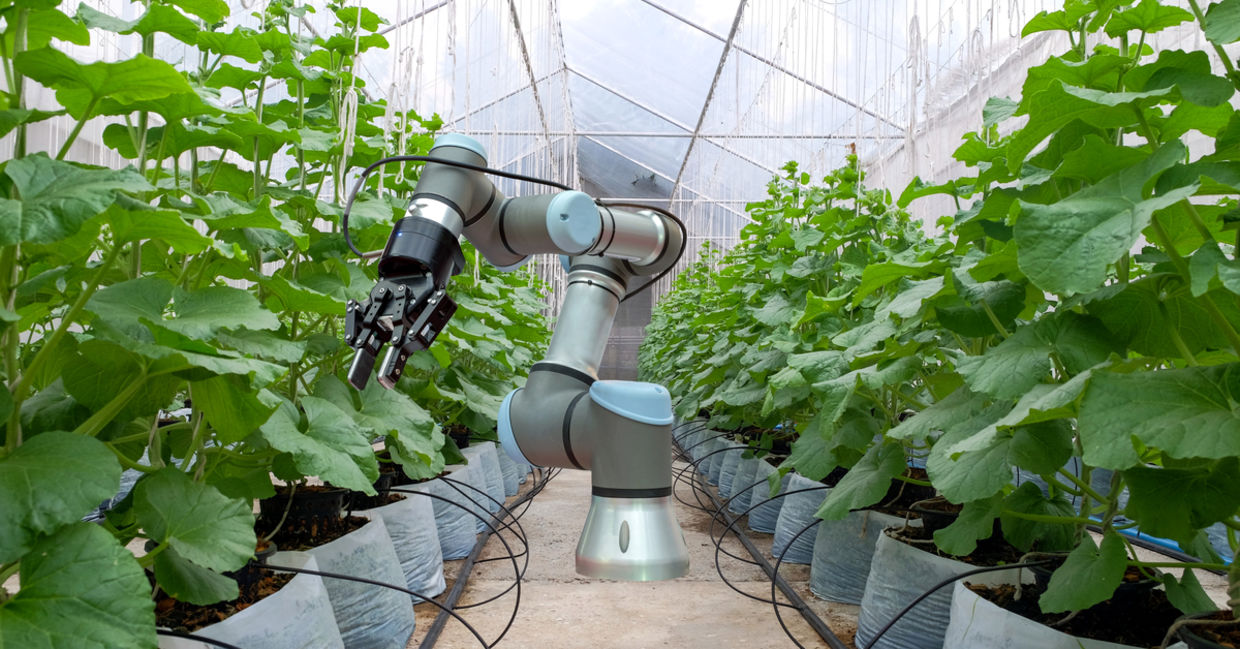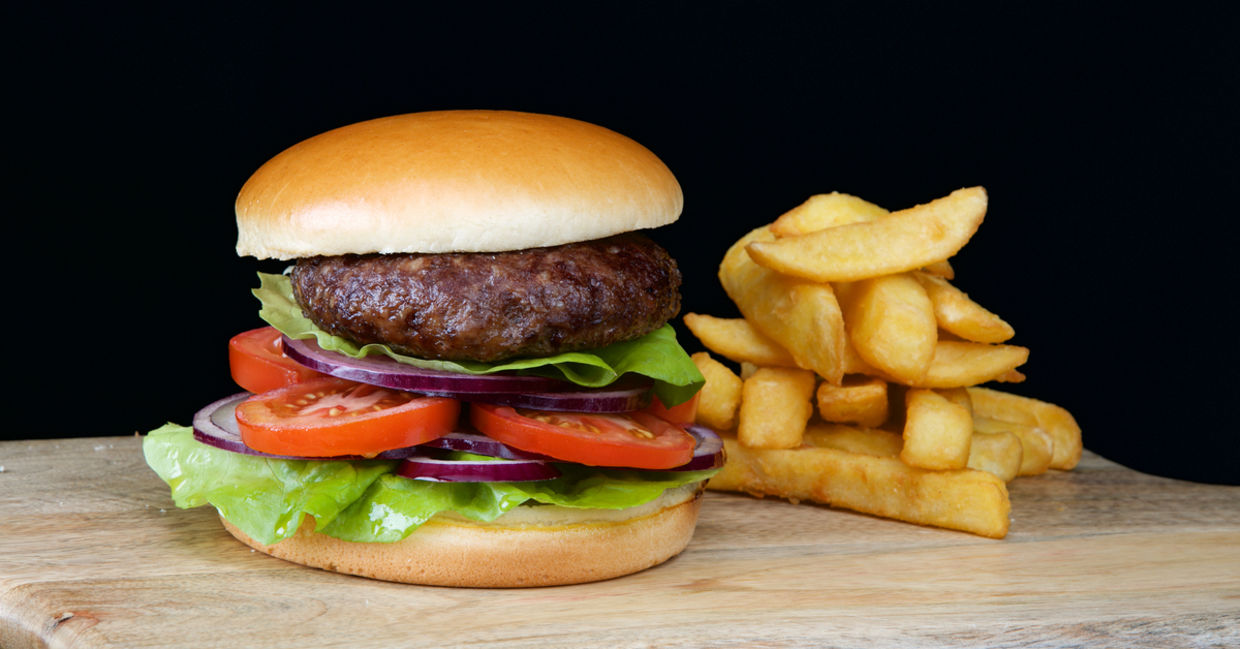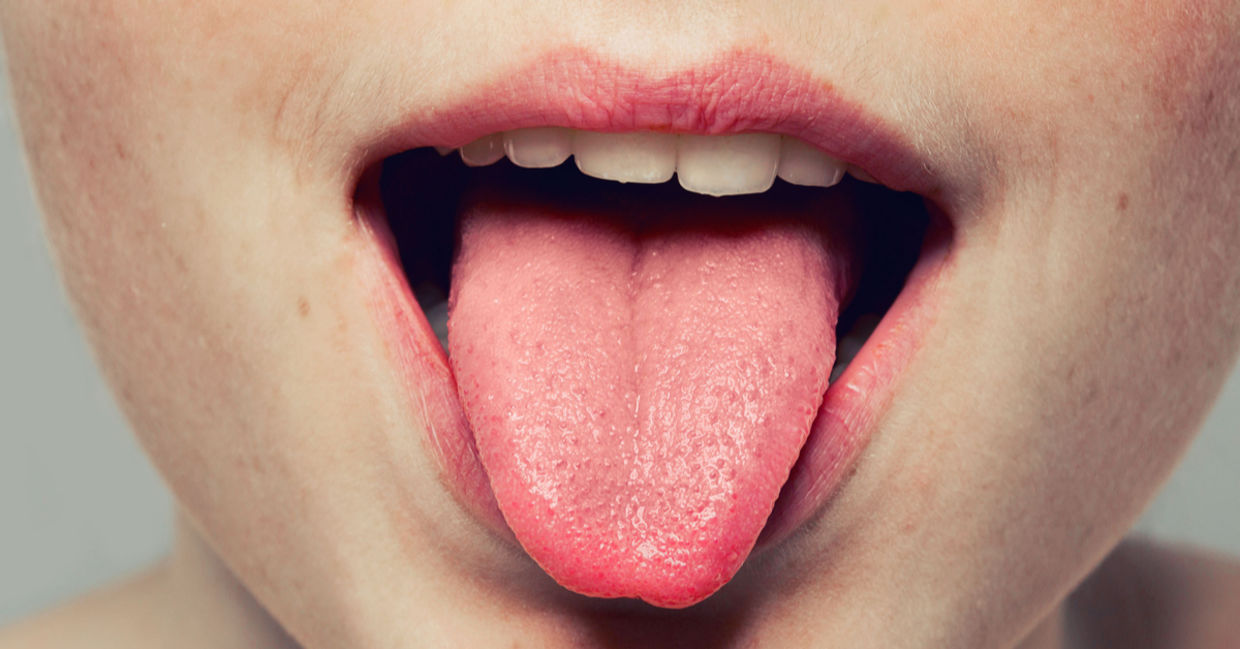
Farm robots (FeelGoodLuck / Shutterstock.com)
A dash of salt, a pinch of ingenuity and a tablespoon of creativity is the recipe for these seven 21st century healthy food inventions. While some of the food inventions below are prototypes or have yet to hit the market, we have singled them out for their out-of-the-box thinking and attention to social good. Pique your appetite and curiosity with these seven innovative food inventions.
1. THE DRINKABLE BOOK
The Drinkable Book’s pages can be used to purify water as each page of the book is coated with silver nanoparticles. When water is passed through it, 99.9% of the bacteria are killed, resulting in clean and safe drinking water. Once a page of the book has been torn out, it can be used multiple times as a filter, providing a long-lasting sustainable water purification system.
SOCIAL GOOD: This life-saving invention comes from a partnership between the nonprofit WaterIsLife and Dr. Theresa Dankovich from Carnegie Mellon. They are seeking funding to produce the Drinkable Book that can provide a person with clean water for up to four years. The book will be the first-ever manual that gives safe water tips while also creating clean and potable water.
2. FRESH PAPER
The biodegradable and recyclable paper contains a secret mix of herbs that inhibit bacterial and fungal growth, as well as degradative enzymes to double or even quadruple the shelf life of fresh produce.
SOCIAL GOOD: Fruits and vegetables are kept fresh and edible for longer periods of time, reducing food waste. Fenugreen, the producers of FreshPaper, make their product available to those living in the developing world without refrigeration, in addition to food banks and food pantries.
3. CULTURED BEEF
Scientists have painlessly harvested muscle cells from a live cow, which multiply to create muscles tissue. Some 20,000 of the small cell strands were combined to create one normal sized hamburger.
SOCIAL GOOD: Cultured Beef has the potential to redefine current livestock farming methods by taking up 99% less space and lowering greenhouse gas emissions and other environmental impacts. For now, Cultured Beef is still being tested and will likely make its mainstream debut at supermarkets in 10 to 20 years.

A burger made from Cultured Beef. (lensmen / shutterstock.com)
4. EDIBLE GROWTH
Recent industrial design graduate Chloé Rutzerveld is merging the new trend of 3D printing with natural and organic food. Her creation is Edible Growth, comprised of layers of seeds, spores and yeast which are then harvested to be a munchable snack.
SOCIAL GOOD: 3D printing is on the rise with the potential to change food production, eventually reducing the need for large plots of land and water to create food. Rutzervald dubs Edible Growth a future food concept that will put the focus on health and nutrition as a vital aspect of 3d food printing.
5. GLUTEN-FREE BANANA FLOUR
Master students in Food Technology at Lund University in Sweden devised a new way to bake cakes, by creating flour out of bananas. The flour can be used to make banana-infused baked goods that are gluten-free and don’t require extra sugar due to the sweetness of the bananas.
SOCIAL GOOD: Around 100 million tones of bananas are produced each year, and in an effort to reduce food waste, the university’s students flour is made with the whole banana, peel included.
6. TOMATO SUSHI
Chef James Corwell created an alternative to ahi tuna, popular in sushi, from red vibrant tomatoes. The texture and flavor of the tomatoes are transformed through sous vide cooking method that renders the tomato to taste and resemble raw tuna.
SOCIAL GOOD: Chef Corwell was concerned with overfishing and the volume of tuna being used for food and wanted to create a sustainable, vegan chemical-free alternative to fish.
7. ELECTRONIC TONGUE
This invention was dreamed up for the purposes of tasting and scanning food and water for bacterial contamination and toxicity. Covered in little sensors similar to taste buds, the electronic tongue can detect substances in a sample and send signals to a computer for processing.
SOCIAL GOOD: This food invention will one day be used to test the quality of food and drinks before they hit store shelves. Other applications include monitoring water for pollutants or even testing blood for signs of disease.

The electronic tongue will be able to detect bacteria and toxins. (Irina Bg / Shutterstock.cm)






